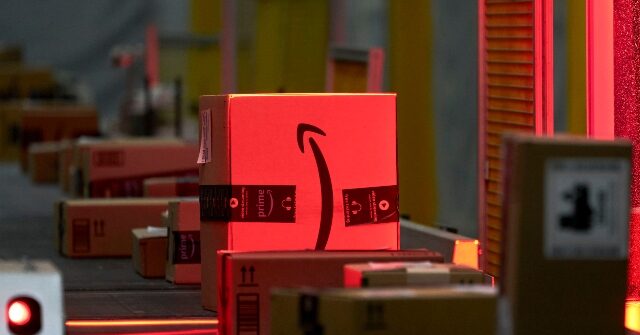Amazon’s gamble to extend its annual Prime Day summer sale from two to four has gotten off to a rocky start, with sales plunging 41 percent on the first day compared to last year.
Bloomberg reports that Amazon took a significant risk this year by expanding its Prime Day sales event from the usual two days to four, hoping the longer duration would give shoppers more time to explore the millions of deals available on the vast ecommerce marketplace. However, initial results suggest the strategy may not be paying off as expected, putting pressure on the remaining days to deliver.
According to data from Momentum Commerce, a company that manages online sales for 50 brands across various product categories and price points, Amazon sales nosedived by 41 percent on Tuesday compared to the first day of Prime Day last year. John Shea, Momentum’s founder and CEO, attributes this decline to the extended event encouraging shoppers to “treasure hunt” by browsing and filling up their carts but delaying purchases in hopes of better deals materializing later.
Despite the slow start, Shea noted that Momentum Commerce sales could still see a 9.1 percent increase over the four days compared to last year’s two-day event if more shoppers convert their browsing into purchases in the final days. With Momentum managing sales for major brands like Crocs, Beats, and Therabody massagers, generating around $7 billion in annual Amazon sales, their data provides a comprehensive view of Prime Day performance thus far.
Wall Street appeared optimistic that Prime Day sales will pick up, pushing Amazon shares up 1.5 percent on Wednesday, in line with gains seen by other tech giants. Analyst Gil Luria from D.A. Davidson & Co. pointed out the difficulty in pinpointing the event’s success, given the extended duration, and suggested more clarity would come with Amazon’s quarterly report.
Amazon initially declined to comment on Momentum’s findings but later stated that the reported numbers were “highly inaccurate,” without specifying how. The company’s Prime chief, Jamil Ghani, had previously explained that the decision to double the event’s length was based on shoppers indicating a desire for more time to navigate the deals.
Data from Numerator, which tracked over 7,000 orders from 3,855 households, revealed that shoppers focused on low-cost items on the first day, with nearly two-thirds of purchases costing less than $20 and only 3 percent exceeding $100. Best-sellers included everyday essentials like dish soap, protein shakes, and dishwasher rinse aid, with the average household spending $106 on Prime Day, slightly down from $110 last year.
Read more at Bloomberg here.
Lucas Nolan is a reporter for Breitbart News covering issues of free speech and online censorship.
Read the full article here
